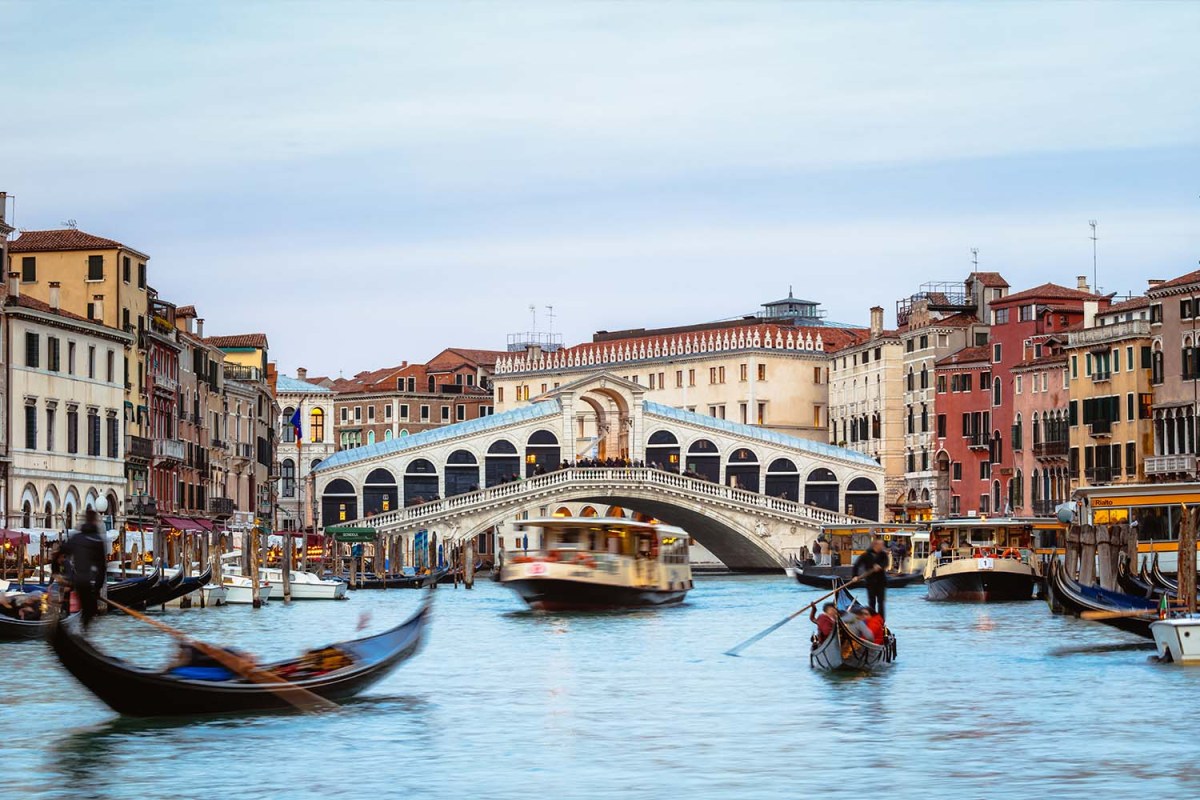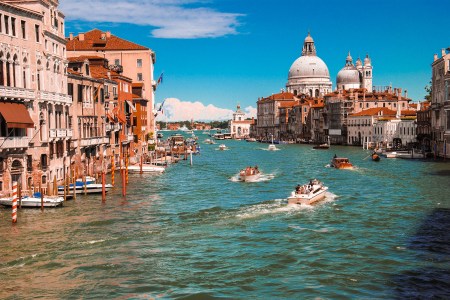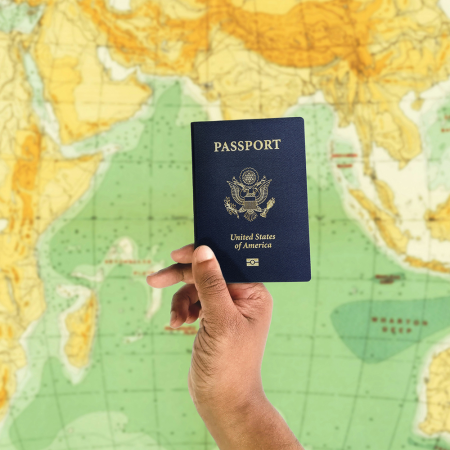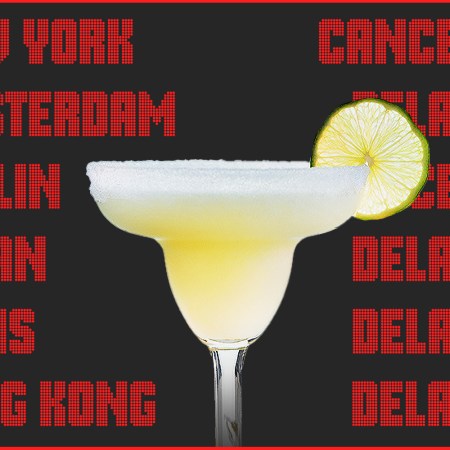For the uninitiated, UNESCO’s World Heritage in Danger list is “designed to inform the international community of conditions which threaten the very characteristics for which a property was inscribed on the World Heritage List, and to encourage corrective action.” According to UNESCO‘s own site, armed conflict and war, earthquakes and other natural disasters, pollution, poaching, uncontrolled urbanization and unchecked tourist development are the usual culprits.
So, if you’ve been following along, you won’t be surprised to hear that this year UNESCO has recommended that Venice be added to its heritage danger list. Per a new report from CNN, the committee has called on the Italian government to “ensure the utmost dedication” to address “long-standing problems” in Venice, which has been struggling under the weight of overtourism and climate change for years now.
According to the draft resolution, failure to address these issues in any meaningful way has caused “deterioration and damage to building structures and urban areas, degrading the cultural and social identity of the property and threatening the integrity of its cultural, environmental and landscape attributes and values.” And it has.
The Problem With the Undying Conversation About the “Death of Venice”
Though fears over overtourism and climate change are real, it’s the loss of the city’s cultural identity that weighs heaviest in the minds of VenetiansBy that same metric, it stands to reason that the Great Barrier Reef should also be included on the list, yet, it was decidedly left off this year. Per a second report from CNN, that is the case in spite of “overwhelming scientific evidence that suggests it’s at risk of another mass bleaching this coming summer.” Scientists are baffled.
While the Australian government has made big strides where conservation efforts are involved, we are very much not in the clear climate change-wise. In the wake of El Niño — a climate pattern that describes the unusual warming of surface waters in the eastern tropical Pacific Ocean, according to National Geographic — hotter oceans are imminent and that doesn’t bode well for the health of the reef. The committee did acknowledge this much, saying, “Sustained action to implement the priority recommendations of the mission is essential in order to improve (its) long-term resilience.” It also asked the government to provide an update by February 1, which is — as CNN notes — the height of the Australian summer.
“Current global emissions policies put us on track for about 2.7 degrees (Celsius). So, with our current policies and current emissions, we’re very clearly on track to see at least a 99% decline in global coral reefs, and if that doesn’t scream the reef’s in danger, then I’m not sure what will,” Kimberley Reid from the ARC Centre of Excellence for Climate Extremes and Monash University told CNN.
Of course, the elephant in the room is that it feels silly to make a list of the most at-risk sites when the literal Earth is steadily marching toward inhabitability. July 4 was the hottest day on Earth since records began, and it’s only going to get hotter from here. Soon it’ll be more than UNESCO’s World Heritage sites that are in danger, so maybe it’s silly to argue what should and should not be on the list at this stage of the game.
Thanks for reading InsideHook. Sign up for our daily newsletter and be in the know.




















